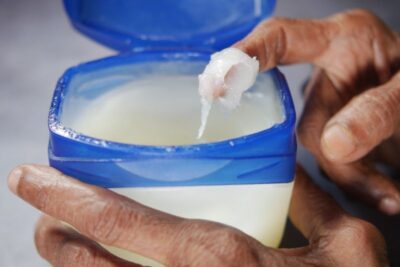If you’re looking for an inexpensive way to protect your leather furniture, you can try applying petroleum jelly to it. This oily substance can penetrate the pores of leather and create a waterproof finish. You can even apply it using a clean cloth and use a hairdryer to help it sink deep into the pores of the leather.
Oil-tanned leather
When it comes to waterproofing oil-tanned leather, Vaseline comes in a very handy solution. It can be applied to the leather with a clean cloth, and a hairdryer helps the Vaseline sink deep into the pores. This is an easy way to protect the leather from the elements while keeping it soft and supple.
Oil-tanned leather is different from chrome or vegetable-tanned leather, which is tanned with a variety of chemicals. The process used to tan leather involves soaking it in hot oils, and the oil will provide a waterproofing surface. Oil baths also make the leather supple and softer, and they create a permanent coating that will prevent it from absorbing water and other liquids. It is also an excellent way to extend the life of a leather product.
Oil-tanned leather is among the most common types of leather on the market, accounting for around 80 percent of all leathers. If you have a piece of leather that is oil-tanned, you can use petroleum jelly to protect it. The petroleum jelly won’t change the color of the leather, and it will nourish it.
In addition to protecting the leather from cracking and fading, petroleum jelly also helps soften and rejuvenate leather fibers. It can also help remove scratches and scuffs. Petroleum jelly has an oil-based formula that gets deep into the fibers of the leather. When used on a regular basis, petroleum jelly can help to restore the shine of oil tanned leather.




